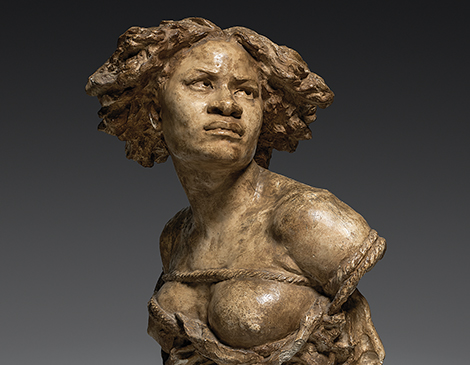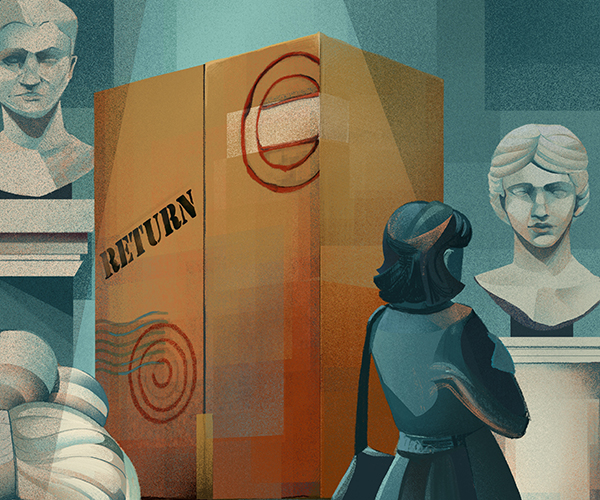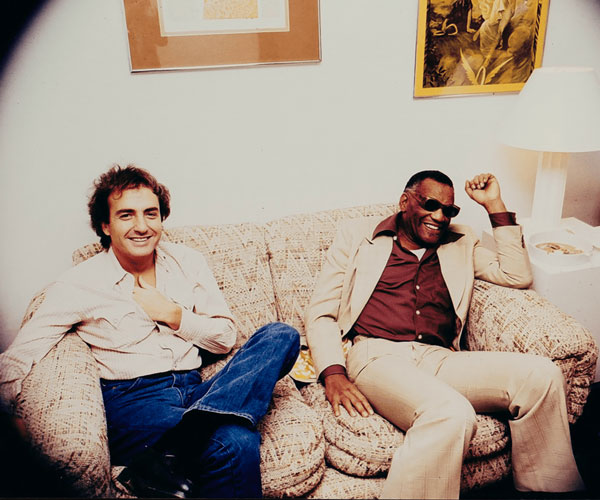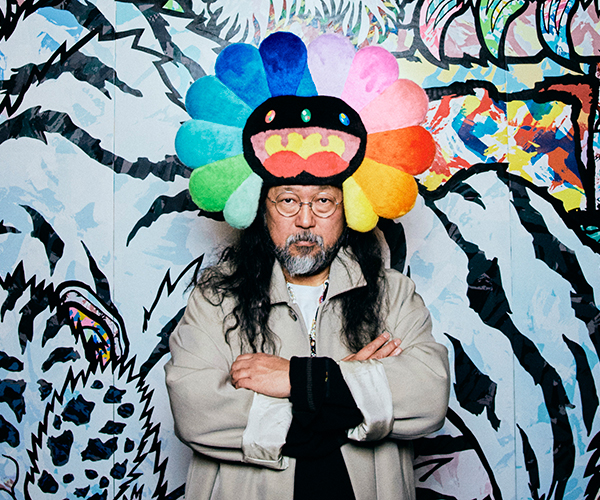In April, the Cleveland Museum of Art announced it had acquired Jean-Baptiste Carpeaux’s Why Born Enslaved!, a major work of 19th century French sculpture. Evidence indicates that the polychromed plaster served as the master model for other versions, which are in the collections of museums in the U.S. and Europe.
Why Born Enslaved! made its debut to the public on June 6 and is displayed together with other masterworks of European painting and sculpture in a gallery near the rotunda of the 1916 building. The piece comes to Cleveland as museums continue to figure out how to be stewards of art but also sanctuaries for social justice.
William Robinson, the museum’s senior curator of modern art, recently spoke with us about the impact he hopes the piece will have in its new hometown.
Cleveland Magazine: What’s the first thing to know about Why Born Enslaved!?
William Robinson: It’s one of the most powerful expressions of abolitionist visual art. Carpeaux was the most important French sculptor of the mid-19th century, during the reign of Napoleon III.
CM: What does the sculpture depict?
WR: It depicts an enslaved woman of African descent who is bound by ropes. Her blouse is ripped apart, which signifies the violence of her condition. Yet, she looks upward with this look of absolute defiance. It’s in that expression that we get a sense of the artist’s intent to make it a protest against the abominable practice of slavery.
CM: Why is it an important acquisition?
WR: There are two reasons. First, it’s a stunningly beautiful work of art that adds a masterpiece to our already extraordinary collection. The second is the context of the work and how it resonates with issues of social justice today. This unnamed model became a living embodiment of enslavement. It speaks to the history of slavery and allows us to recenter how we look at the past and how we interpret images and power imbalances.
CM: How does the museum plan to integrate it into its collection?
WR: We want to bring in community voices to give us their interpretation of it and create a dialogue. We envision programs dedicated to families and audiences at all levels. We think the sculpture is a bridge to dialogue about the depiction of slavery, colonialism and the representation of Black women and what it means to have an unnamed woman who has been enslaved be depicted by a white male artist of some privilege. There is another version of this sculpture at the Metropolitan Museum of Art in New York City. They currently have a small exhibition centered around it that gives you a sense of how the sculpture touches people.
CM: Are you concerned about the reaction?
WR: The piece will invite sometimes painful discussions, but I think that’s going to lead to considerable reflection on not just the history of slavery but on the power of art. The conversations are going to be productive. I’m not fearful of them at all.




